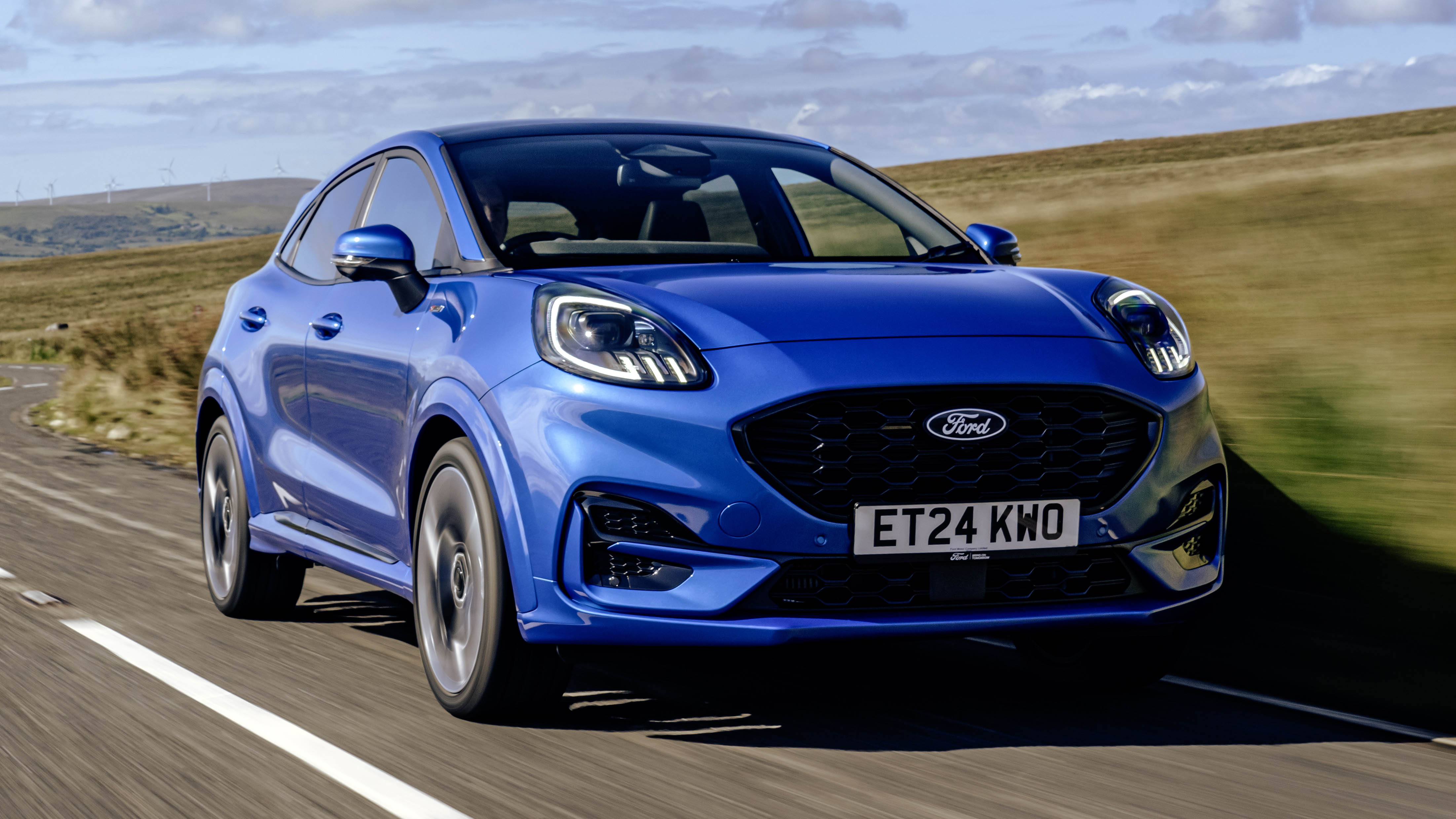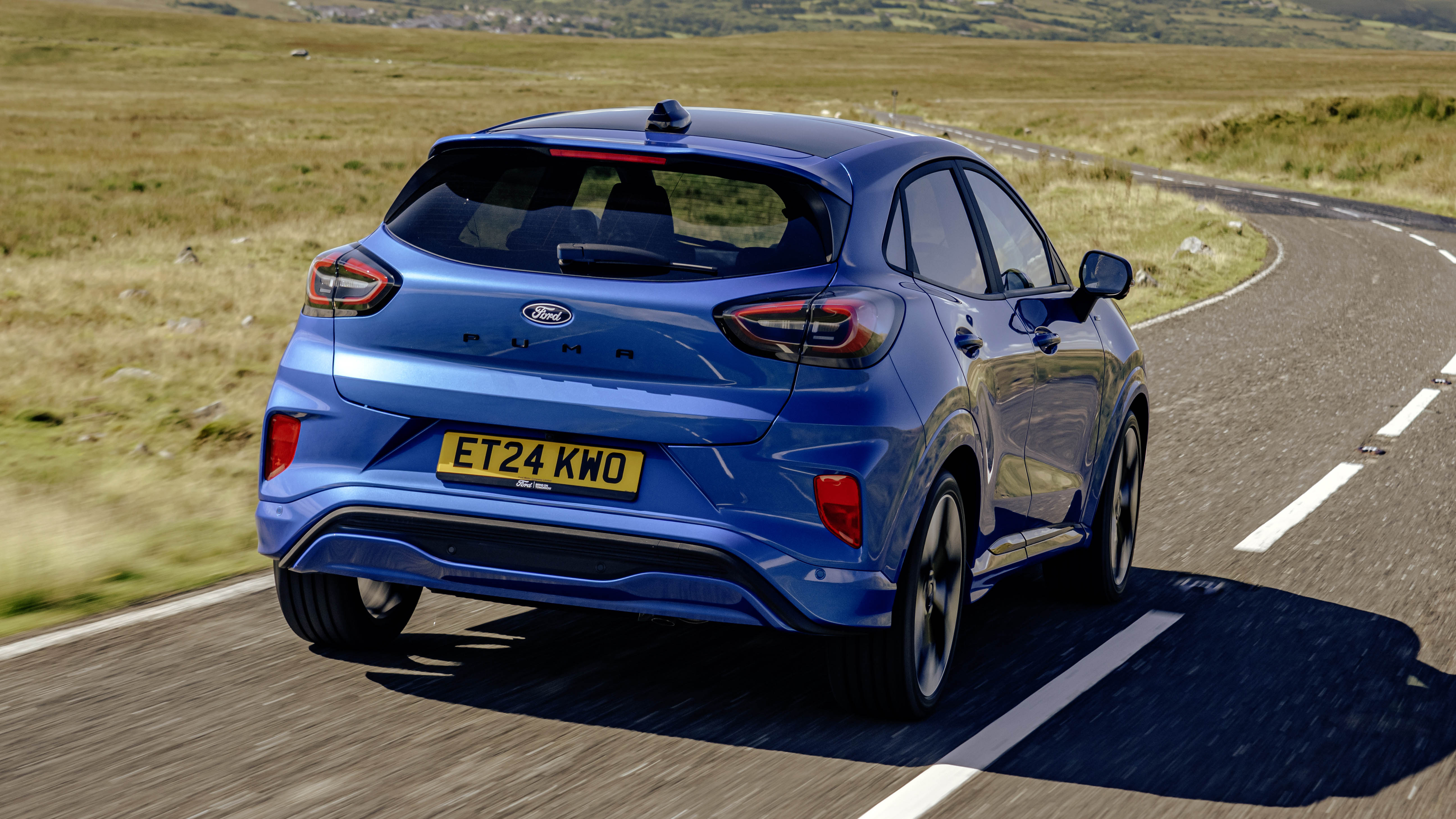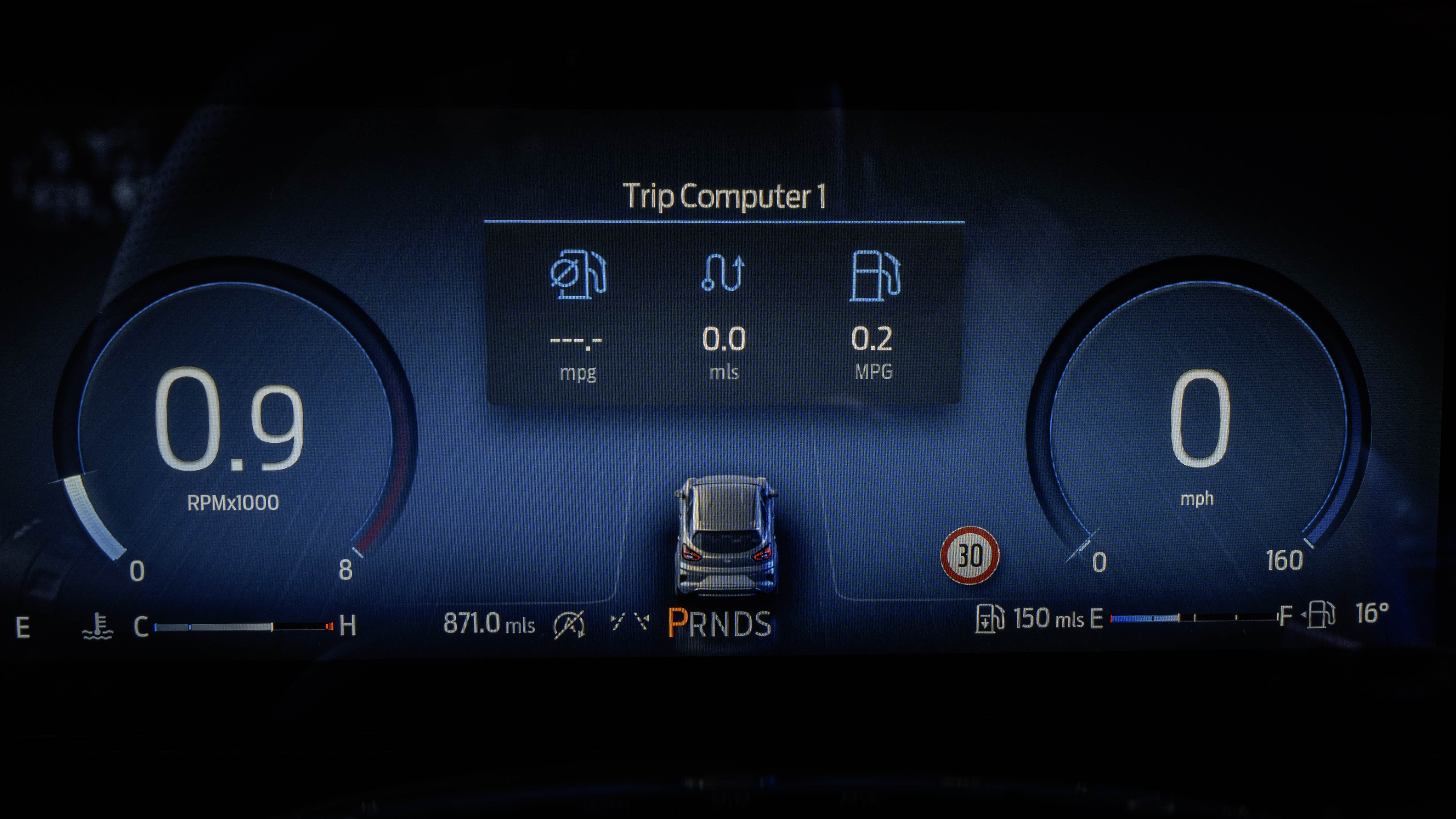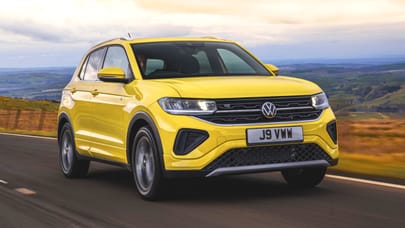
Good stuff
Engine, chassis, room, clever ideas. A well-rounded effort
Bad stuff
Ford needs it, but do we? We'll just take a Focus
Overview
What is it?
The Puma is a small crossover based on the Fiesta (RIP), a car we liked very much. The styling is softer than the previous era of Fords, with gently curved sides sitting below a waistline that's visually lengthened by a black strip at the base of the screen pillar. This draws your eye back horizontally from the bonnet, rather than up to the roof.
Being based on the Fiesta, it ought to be fun to drive in a way very few small crossovers actually are. But before the Puma there was another small crossover based on the Fiesta. It was called the EcoSport, and it was absolute rubbish.
In fact, Ford's crossover history is pretty spotty. While the Kuga's decent these days, does anyone remember seeing an Edge on British roads? Or a Ka+ Active? Deserved flops, the pair of them, moribund long before they actually pegged it quite a few years back.
So, is the Puma a success?
Spoiler alert: yes. The Puma is at heart a taller, longer Fiesta. And that's pretty much how it steers and rides, with the Puma ST being a genuine surprise. But there's more to it than that, because as runaway sales of all small crossovers prove, dynamics barely register in buyers' priorities.
To stand out among rivals, the Puma needs more than just driving smarts. And it has. For example, it has some really rather clever ideas around its rear end. Yeah, Top Gear doesn't normally home in on the boot this far up a review. Because boots are boring. But having to leave your stuff behind is boring too. And so is cleaning out the wet carpet of a boot that's been soiled by muddy gear.
So the Puma has a big deep rubber-lined box (called, inventively, the ‘MegaBox’) below its boot floor where you can carry your mess. And when the box itself gets too wet, well you can simply open a plughole and sluice it out. Even when dry, it's the biggest and most convenient boot in the small crossover class.
And wait, now there's a facelifted Puma?
Correct. Ford unveiled a slightly new-look Puma in February 2024, just after it had learned that the pre-facelift one was the UK's best-selling car of 2023.
The update brought with it a slightly happier face with the Ford badge now taking pride of place in the centre of the grille. There are new headlights too, plus a nip and a tuck for the side sills and rear bumper. It's hardly a revolution, but clearly that's not what was needed.
What about the interior?
Well, in case you're worried - the MegaBox is still there. Phew. The facelift added a squared off new steering wheel and serious screenage. Just check out that 12in central touchscreen. It's huge for such a small car and dwarfs the displays of rivals. There's a massive 12.8in digital instrument display too, and we're told that the new SYNC 4 connectivity is twice as quick as before.
Ford's engines are normally pretty handy, aren't they?
Yup. Another Puma USP is the engine. Your standard Puma options are limited to two 1.0-litre three-cylinders, outputting either 123bhp or 153bhp and driving the front wheels. Both versions get 48-volt mild-hybrid assistance. Ford gave it a bigger turbo for more power – 155bhp is a lot from just a litre – which would normally have made it horribly laggy, but the electric motor kicks in at low revs and fills the hole. Oh, and you can have either a six-speed manual or a seven-speed auto.
Unfortunately, there used to also be an ST version with a 1.5-litre 197bhp turbo three-pot (Fiesta ST-alike), but with torque up from 214lb ft to 236. That was a riot, but now you can only have a mild ST with the same 1.0-litre engine as the rest of the range. Here it's upped to 168bhp, but it's still paired with an auto gearbox so isn't a proper hot hatch. Boo.
How much is the Puma?
Prices start from £25,800, which gets you the base 1.0-litre three-cylinder mild hybrid with 123bhp and a manual 'box. So more expensive than stuff like the Nissan Juke, Peugeot 2008, Renault Captur, Seat Arona, and VW T-Cross, but probably worth it. Read more on that in the Buying section.
Our choice from the range

What's the verdict?
The UK loves a Ford. Though the Focus and Fiesta have tumbled from the best-sellers list, it's the Puma that's now doing the heavy lifting for Ford. Indeed, at time of writing it's currently the best-selling car in the UK. It's easily superior to the latest Nissan Juke and VW's lacklustre T-Cross, and brings driver appeal to a woefully uninteresting class of cars.
It's also an impressively rounded thing. The interior is cleverly versatile as well as nicely furnished, although it's a shame that the facelift has seen the physical climate controls ditched. Still, you can see why the Puma has been warmly received by the buying public. How about bringing back a proper ST, though, Ford?
The Rivals
Trending this week
- Car Review
BMW iX3










